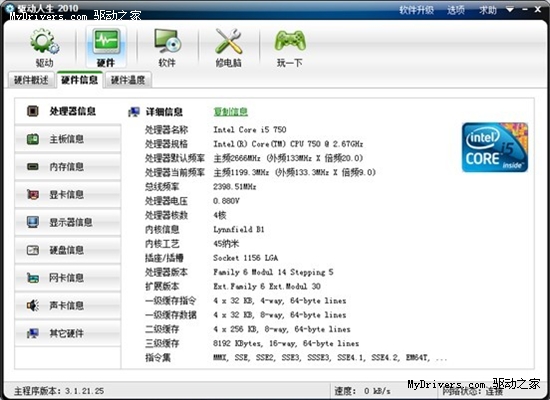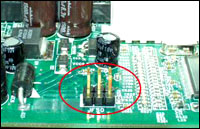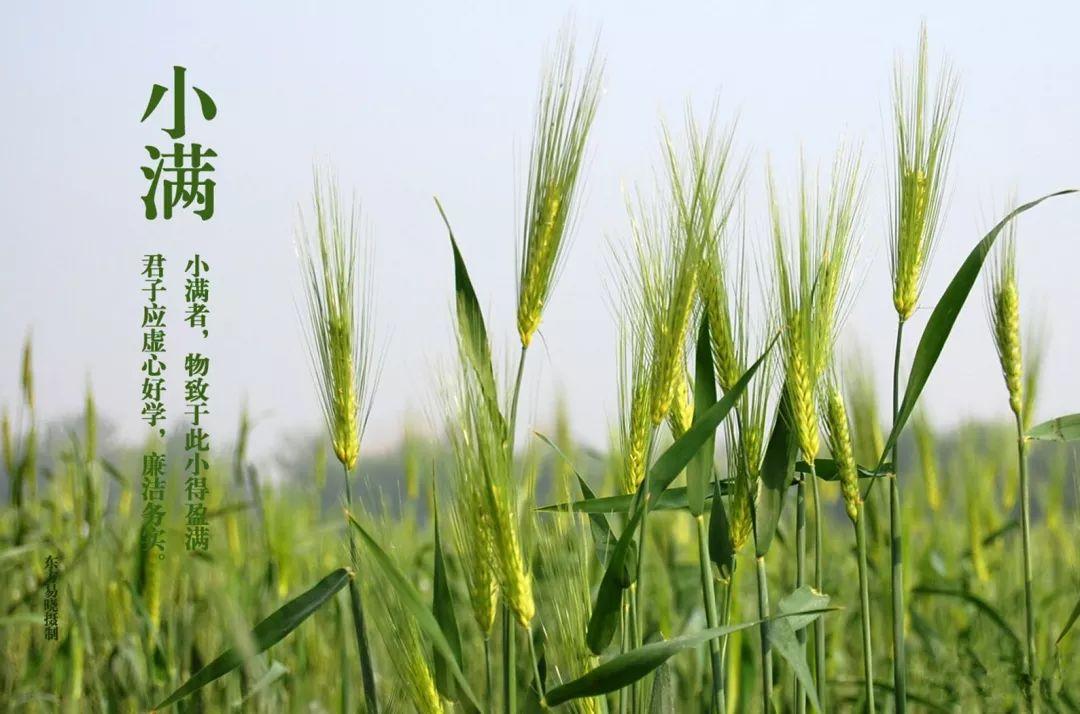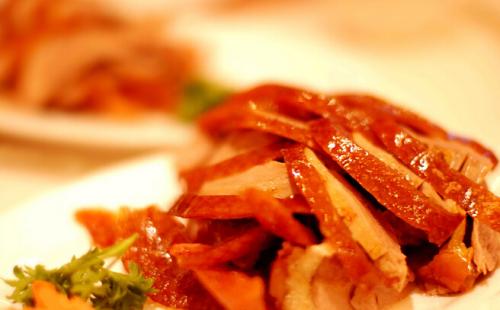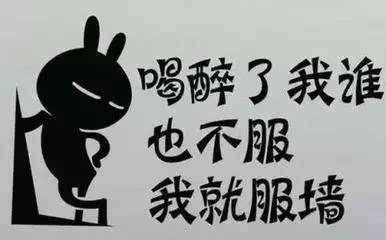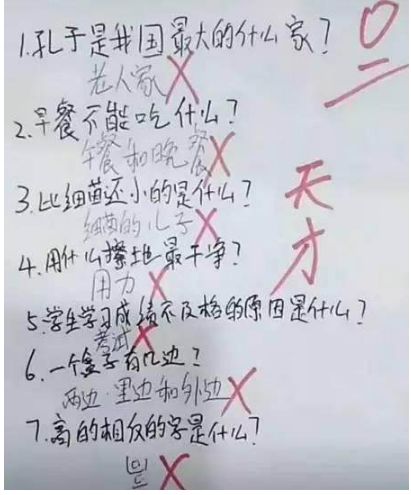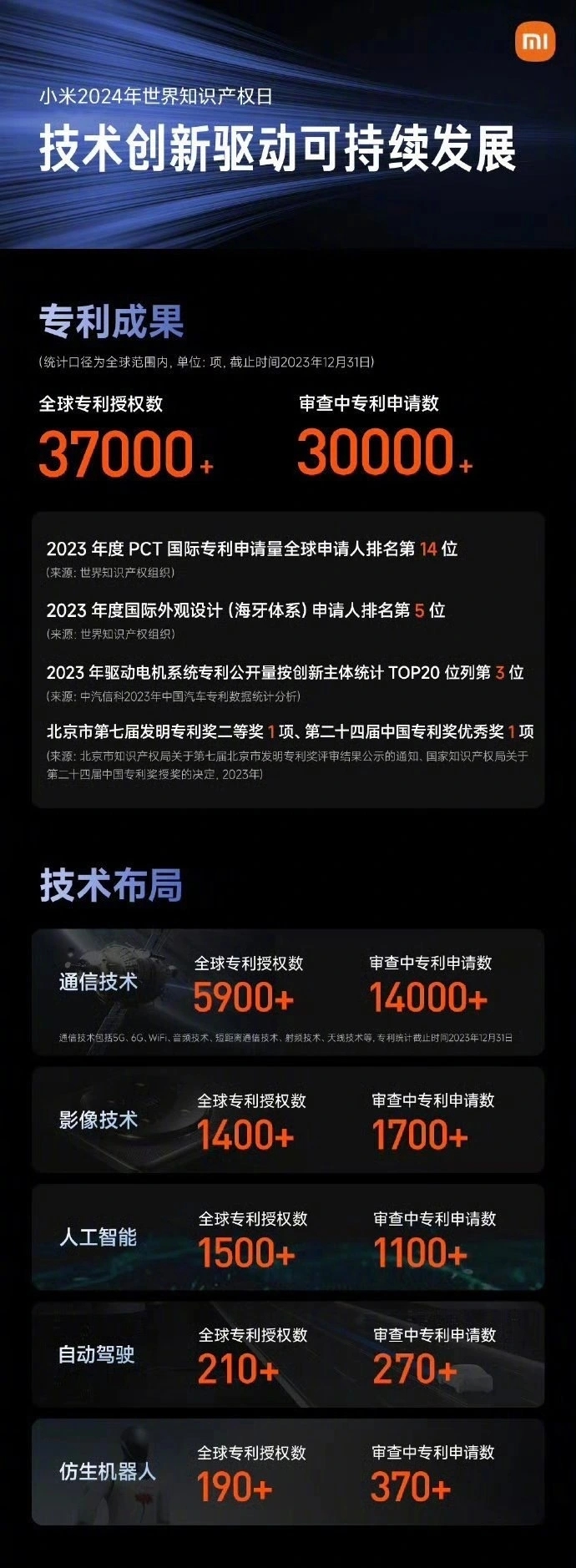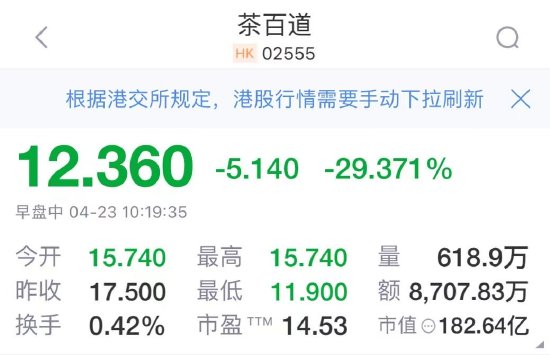本文實例講述了jQuery針對元素的操作,包括基礎操作、選擇要操作的元素及處理DOM元素等。對jQuery的學習有很好的借鑒價值。分享給大家供大家參考之用。具體分析如下:
1、基礎
jquery對象集:
$():jquery對象集合
獲取jquery對象集中的元素:
使用索引獲取包裝器中的javascript元素:
var temp = $('img[alt]')[0] 使用jquery的get方法獲取jquery對象集中的javascript元素:
var temp = $('img[alt]').get(0) 使用jquery的eq方法獲取jquery對象集中的jquery對象元素:
$('img[alt]').eq(0)
$('img[alt]').first()
$('img[alt]').last()
jquery對象集轉換成javascript數組:
var arr = $('label+button').toArray() label后面所有同級button元素,轉換成javascript數組
jquery對象集的索引:
var n = $('img').index($('img#id')[0]) 注意:index()參數是javascript元素
var n = $('img').index('img#id') 等同于上一行 找不到返回-1
var n = $('img').index() 獲得img在同級元素中的索引
向jquery對象集中添加更多的jquery對象集:
使用逗號:
$('img[alt],img[title]') 使用add方法:
$('img[alt]').add('img[title]') 對不同的jquery對象集中采取不同的方法:
$('img[alt]').addClass('thickBorder').add('img[title]').addClass(''); 向jquery對象集中添加新創建的元素:
$('p').add('<div></div>'); 刪除jquery對象集中的元素:
$('img[title]').not('[title*=pu]')$('img').not(function(){return !$(this).hasClass('someClassname')}) 過濾jquery對象集:
$('td').filter(function(){return this.innerHTML.match(^/d+$)})過濾包含數字的td
獲取jquery對象集的子集
$('*').slice(0,4) 包含前4個元素的新的jquery對象集
$('*').slice(4) 包含前4個元素的新的jquery對象集
$('div').has('img[alt]')
轉換jquery對象集中的元素:
var allIds = $('div').map(function(){ return (this.id==undefined) ? null : this.id;}).get(); 上述示例可通過get方法轉換成javascript數組。
遍歷jquery對象集中的元素:
$('img').each(function(n){ this.alt = '這是第['+n+']張圖片,圖片的id是' + this.id;})$([1,2,3]).each(function(){alert(this);}) 使用元素間關系獲取jquery對象集:
$(this).closest('div')比如觸發的按鈕在哪個div中發生
$(this).siblings('button[title="Close"]')所有同級元素,不包含本身
$(this).children('.someclassname')所有子節點元素,不包含重復子節點
$(this).closest('')臨近祖先元素
$(this).contents()由元素內容組成的jquery對象集,比如可以獲取<iframe>元素內容
$(this).next('.someclassname')下一個同級元素
$(this).nextAll()后面所有的同級元素
$(this).nextUntil('.someclassname')后面所有的同級元素直到遇到目標元素
$(this).offsetParent()離jquery對象集最近的父輩元素
$(this).parent()直接父元素
$(this).parents()所有父元素
$(this).parrentsUntil()所有父元素,直到目標父元素
$(this).prev()上一個同級元素
$(this).prevAll()之前的所有同級元素
$(this).prevTntl()之前的所有同級元素,直到目標元素
其它獲取jquery對象集的方式:
$(this).find(p span)
判斷是否是某個jquery對象集:
var hasImg = $('*').is('img'); jquery方法:
$().hide()
$().addClass('')
$().html('')
$('a').size()元素數量
jquery選擇器:
$('p:even')
$('tr:nth-child(1)')
$('body > div')直接子元素
$('a[href=$='pdf']')根據屬性選擇
$(div:has(a))過濾
jquery函數:
$.trim()
jquery執行時間:
$(document).ready(function(){});
$(function(){});
創建DOM元素:
$('<p></p>').insertAfter();$('<img>',{ src: '', alt: '', title: '', click: function(){}}).css({ cursor:'pointer', border:'', padding:'', backgroundColor:'white'}).append(''); jquery擴展:
$.fn.disable = function(){ return this.each(function(){ if(this.disabled != null) this.disabled = true; })};$('').disable(); jquery測試元素是否存在:
if(item)(){}else{} 寬松測試
if(item != null) 推薦測試,能把null和undefined區別開
2、選擇要操作的元素
根據標簽名:$('a')
根據id:$('#id')
根據類名:$('.someclassname')
滿足多個條件:$('a#id.someclassname') 或 $('div,span')
某個元素的所有子節點:$(p a.someclassname)
某個元素的直接子節點:$(ul.myList > li)
根據屬性名:
$(a[href^='http://']) 以...開頭
$(href$='.pdf')以...結尾
$(form[method])包含method屬性的form
$(intput[type='text'])
$(intput[name!=''])
$(href*='some')包含
某元素后的第一個元素:$(E+F)匹配的是F,F是E后面的第一個元素
某元素后的某一個元素:$(E~F)匹配的是F,F是E后面的某一個元素
通過位置:
$(li:first)第一個li
$(li:last)最后一個li
$(li:even)偶數行li
$(li:odd)奇數行li
$(li:eq(n))第n個元素,索引從0開始
$(li:gt(n))第n個元素之后的元素,索引從0開始
$(li:lt(n))第n個元素之前的元素,索引從0開始
$(ul:first-child)列表中的第一個li
$(ul:last-child)列表中的最后一個li
$(ul:nth-child(n))列表中的第n個li
$(ul:only-child)沒有兄弟li的ul
$(ul:nth-child(even))列表中的偶數行li,odd為計數行li
$(ul:nth-child(5n+1))列表中被5除余1的li
通過過濾器:
$(input:not(:checkbox))
$(':not(img[src*="dog"])')
$('img:not([src*="dog"])')
$(div:has(span))
$('tr:has(img[src$="pu.png"])')
$(tr:animated)處于動畫狀態的tr
$(input:button)包括type類型為button,reset,submit的Input
$(input:checkbox)等同于$(input[type=checkbox])
$(span:contains(food))包含文字food的span
$(input:disabled)禁用
$(input:enabled)啟用
$(input:file)等同于$(input[type=file])
$(:header)h1到h6
$(input:hidden)
$(input:image)等同于$(input[type=image])
$(:input)包括input, select, textarea, button元素
$(tr:parent)
$(input:password)等同于$(input[type=password])
$(input:radio)等同于$(input[type=radio])
$(input:reset)等同于$(input[type=reset])或$(button[type=reset])
$('.clssname:selected')
$(input:submit)等同于$(input[type=submit])或$(button[type=submit])
$(input:text)等同于$(input[type=text])
$(div:visible)
3、處理DOM元素
操作元素的屬性:
$('*').each(function(n){ this.id = this.tagName + n;}) 獲取屬性值:
$('').attr(''); 設置屬性值:
$('*').attr('title', function(index, previousValue){ return previousValue + ' I am element ' + index + ' and my name is ' + this.id;}) //為一個屬性設置值$('input').attr({ value: '', title: ''}); //為多個屬性設置值 刪除屬性:
$('p').removeAttr('value'); 讓所有鏈接都在新窗口中打開:
$('a[href^="http://"]').attr('target',"_blank"); 避免表單多次提交:
$("form").submit(function(){ $(":submit", this).attr("disabled","disabled");}) 添加類名:
$('#id').addClass('') 刪除類名:
$('#id').removeClass('') 切換類名:
$('#id').toggleClass('') 存在就刪除類名,不存在就添加類名
判斷是否含有類名:
$('p:first').hasClass('') $('p:first').is('') 以數組形式返回類名列表:
$.fn.getClassNames = function(){ var name = this.attr('someclsssname'); if(name != null){ return name.split(" "); } else { return []; }} 設置樣式:
$('div.someclassname').css(function(index, currentWidth){ return currentWidth + 20;});$('div').css({ cursor: 'pointer', border: '1px solid black', padding: '12px 12px 20px 20x', bacgroundColor: 'White'}); 有關尺寸:
$(div).width(500)
$('div').height()
$('div').innerHeight()
$('div').innerWidth()
$('div').outerHeight(true)
$('div').outerWidth(false)
有關定位:
$('p').offset()相對于文檔的參照位置
$('p').position()偏移父元素的相對位置
$('p').scrollLeft()水平滾動條的偏移值
$('p').scrollLeft(value)
$('p').scrollTop()
$('p').scrollTop(value)
有關元素內容:
$('p').html()
$('p').html('')
$('p').text()
$('p').text('')
追加內容
在元素末尾追加一段html:
$('p').append('<b>some text</b>'); 在元素末尾dom中現有的元素:
$('p').append($(a.someclassname)) 在元素開頭追加:
$("p").prepend() 在元素的前面追加:
$("span").before() 在元素的后面追加:
$("span")after() 把內容追加到末尾:
appendTo(targets)
把內容追加到開頭:
prependTo(targets)
把內容追加到元素前面:
insertBefore(targets)
把內容追加到元素后面:
$('<p></p>').insertAfter('p img'); 包裹元素:
$('a.someclassname').wrap("<div class='hello'></div>")
$('a.someclassname').wrap($("div:first")[0])
$('a.someclassname').wrapAll()
$('a.someclassname').wrapInner()
$('a.someclassname').unWrap()
刪除元素:
$('.classname').remove()刪除元素,綁定到元素上的事件和數據也會被刪除
$('.classname').detach()刪除元素,但保留事件和數據
$('.classname').empty()不刪除元素,但清空元素內容
復制元素:
$('img').clone().appendTo('p.someclassname') $('ul').clone().insertBefore('#id') 替換元素:
$('img[alt]').each(function(){ $(this).replaceWith('<span>' + $(this).attr('alt') + '</span>');})$("p").replaceAll("<b></b>") 關于表單元素的值:
$('[name="radioGroup"]:checked').val()獲取單選按鈕的值,如果沒有選中一個,返回undefinedvar checkboxValues = $('[name="checkboxGroup"]:checked').map(function(){ return $(this).val();}).toArray(); //獲取多選框的值 對于<select id="list" multiple="multiple">使用$('#list').val()返回值的數組
$('input').val(['one','two','three'])如果單選框或復選框與數組中的元素匹配,則選中狀態
相信本文所述對大家的jQuery程序設計有一定的借鑒價值。
